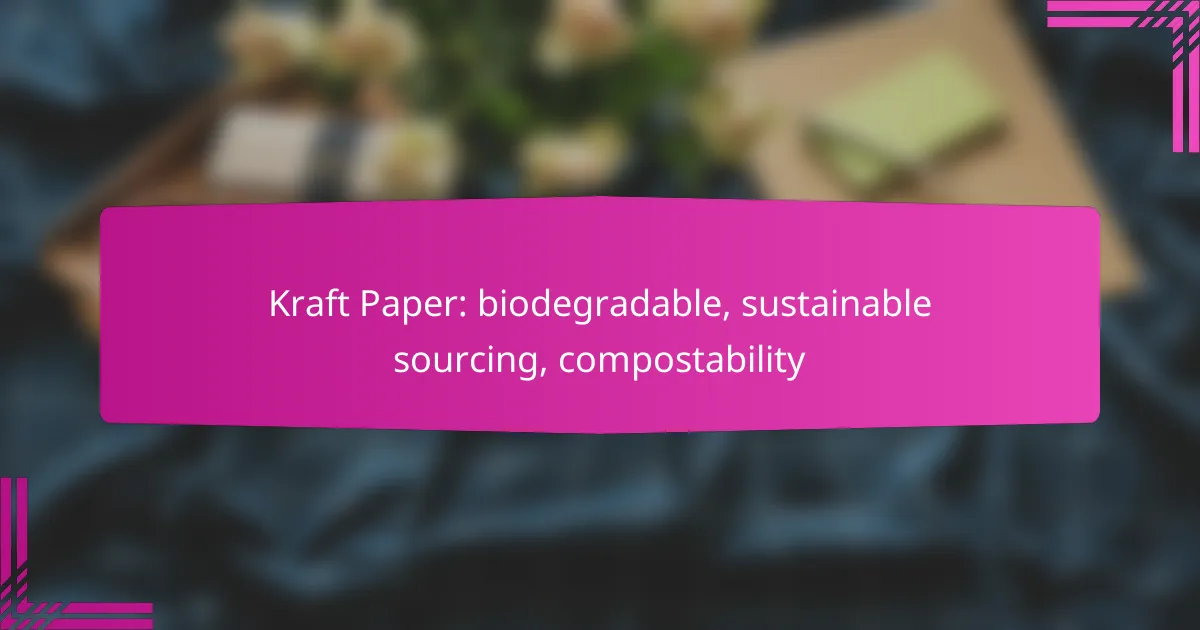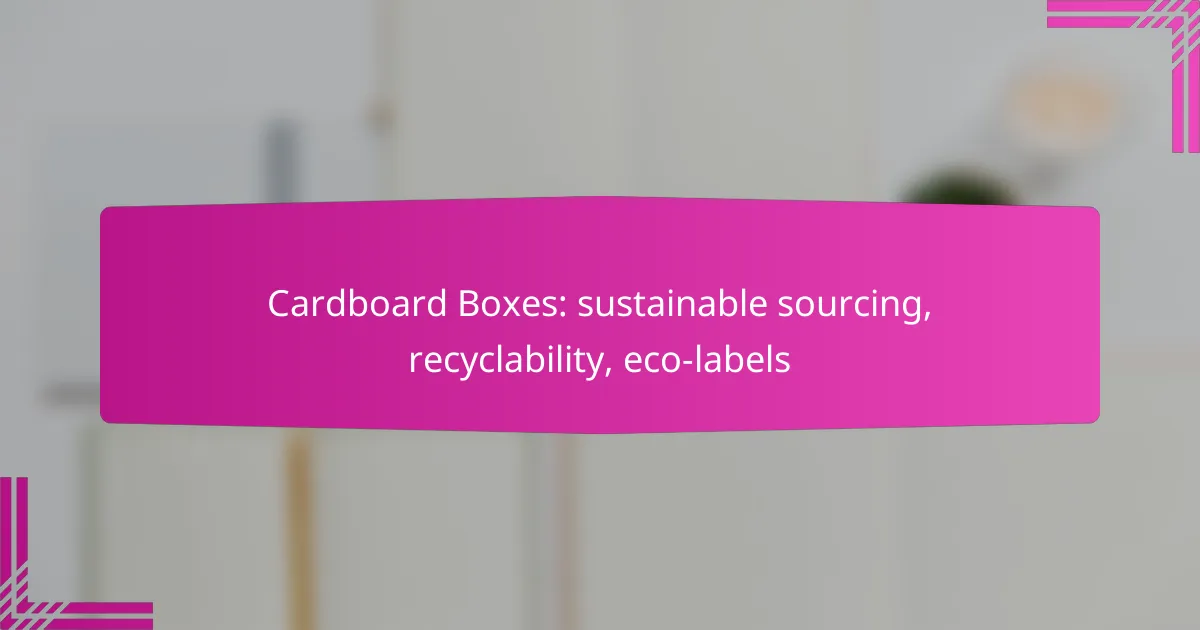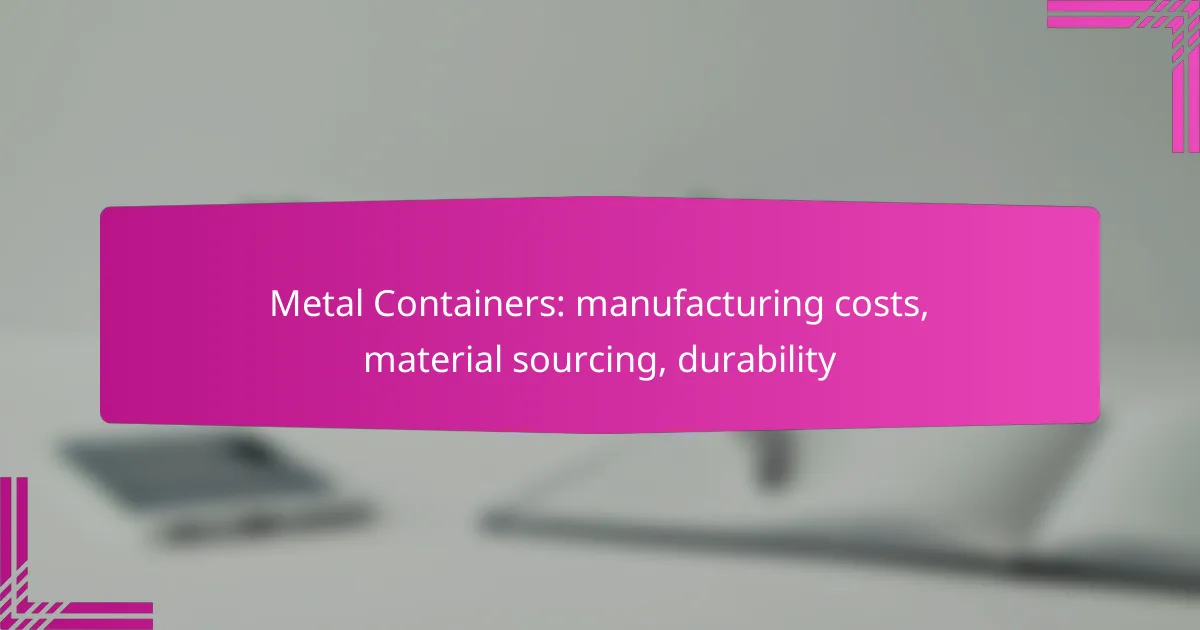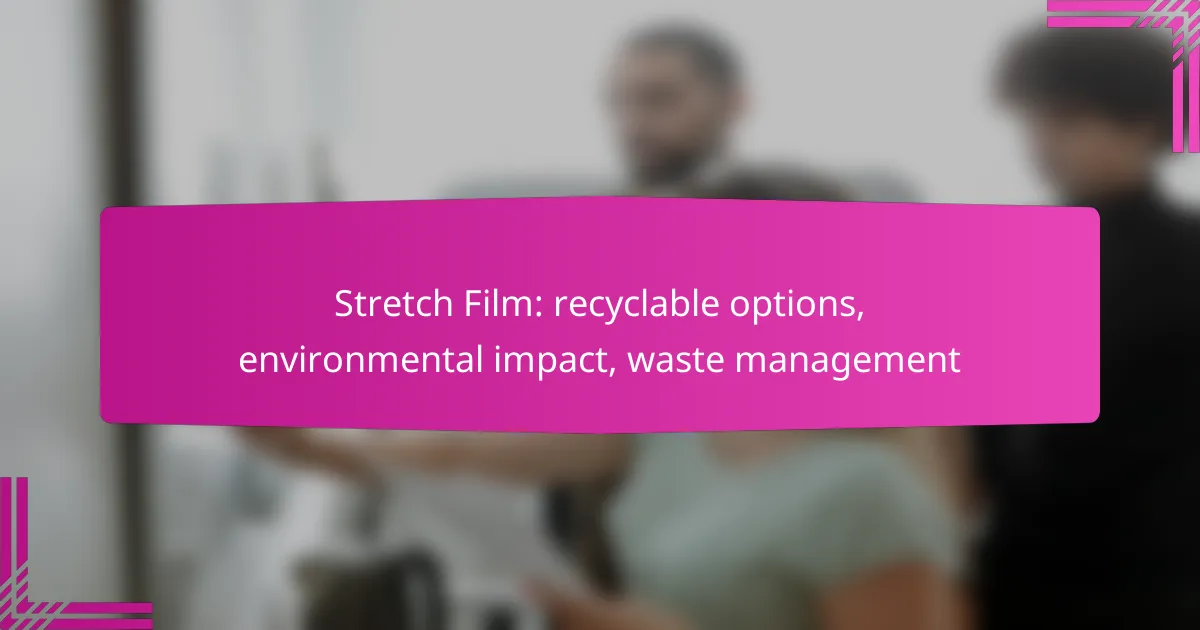Kraft paper is an eco-friendly material made from natural fibers, making it biodegradable and capable of decomposing without harmful residues. Its sustainable sourcing practices emphasize responsible forestry and the use of recycled materials, ensuring minimal environmental impact. As a biodegradable alternative to plastic, Kraft paper offers significant benefits by breaking down naturally and supporting ecological balance.
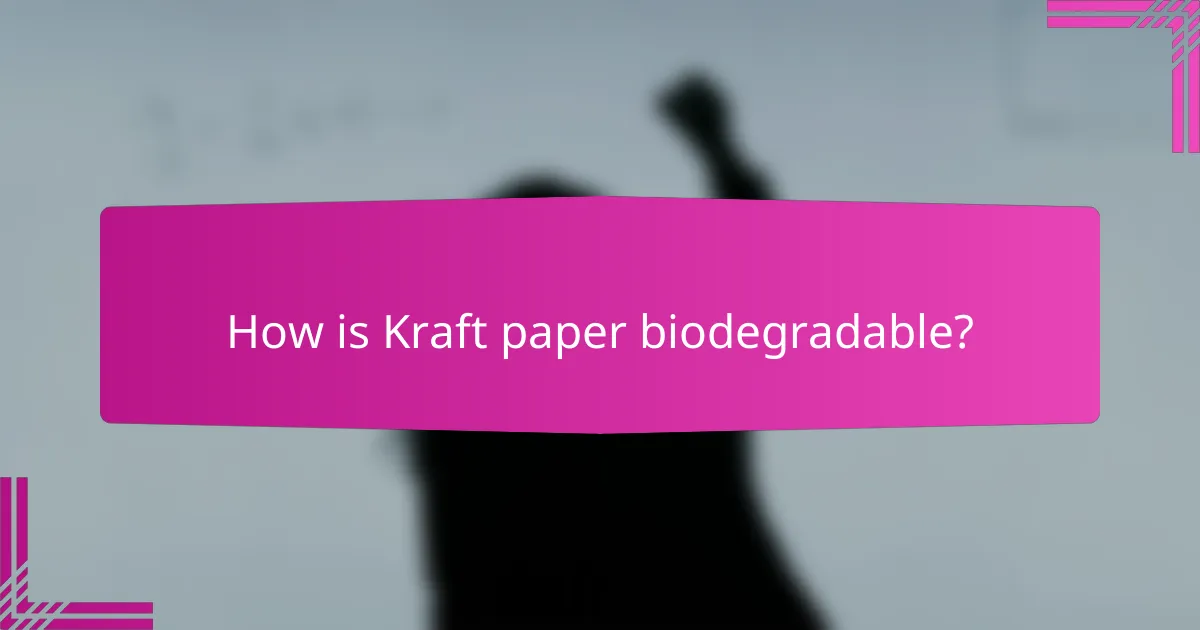
How is Kraft paper biodegradable?
Kraft paper is biodegradable because it is made from natural fibers that can decompose over time. This process occurs when the paper is exposed to the right environmental conditions, allowing it to break down into organic matter without leaving harmful residues.
Natural fibers break down
The primary component of Kraft paper is cellulose, a natural polymer found in plant cell walls. When exposed to moisture and microorganisms, these natural fibers begin to decompose. This breakdown process is facilitated by enzymes produced by bacteria and fungi, which help convert the cellulose into simpler organic compounds.
Unlike synthetic materials, Kraft paper does not contain harmful chemicals that can hinder its decomposition. This makes it a more environmentally friendly option for packaging and other uses.
Microbial action in composting
Microbial action plays a crucial role in the composting process of Kraft paper. When Kraft paper is added to a compost pile, microorganisms such as bacteria and fungi thrive on the cellulose, breaking it down into nutrient-rich compost. This process is accelerated in a warm, moist environment where microbial activity is highest.
To enhance composting efficiency, it is beneficial to shred Kraft paper into smaller pieces. This increases the surface area available for microbial action, speeding up decomposition and improving the overall quality of the compost produced.
Timeframe for decomposition
The timeframe for Kraft paper to decompose can vary based on environmental conditions. In a well-maintained compost pile, Kraft paper can break down within a few weeks to a few months. Factors such as temperature, moisture levels, and the presence of microorganisms significantly influence this timeframe.
In natural settings, such as soil or landfills, the decomposition process may take longer, potentially several months to a couple of years, depending on the conditions. Proper management of composting conditions can significantly reduce this time, making Kraft paper a practical choice for sustainable waste management.
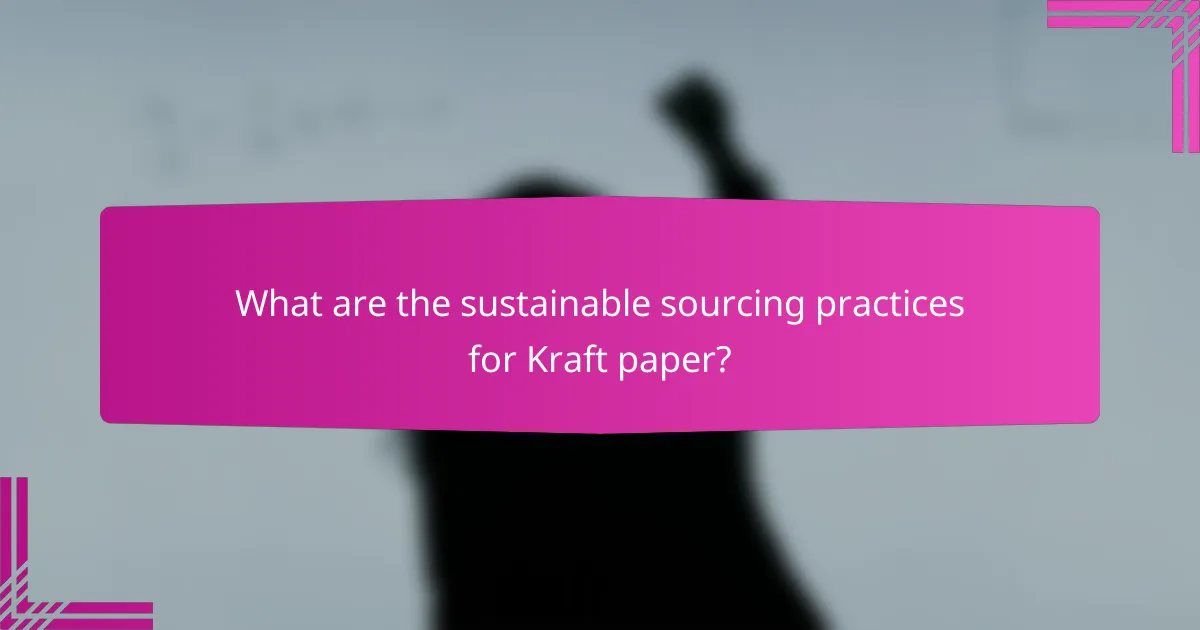
What are the sustainable sourcing practices for Kraft paper?
Sustainable sourcing practices for Kraft paper focus on responsible forestry, the use of recycled materials, and minimizing environmental impact. These practices ensure that Kraft paper production supports ecological balance while meeting consumer demand.
Responsible forestry certifications
Responsible forestry certifications are essential for ensuring that Kraft paper is sourced from sustainably managed forests. Certifications such as the Forest Stewardship Council (FSC) and the Programme for the Endorsement of Forest Certification (PEFC) indicate that the wood used comes from forests that are responsibly managed, socially beneficial, and environmentally conscious.
When purchasing Kraft paper, look for products labeled with these certifications. This guarantees that the paper supports sustainable practices and helps protect biodiversity, as well as the rights of local communities.
Use of recycled materials
The use of recycled materials in Kraft paper production significantly reduces the demand for virgin wood fibers. Many manufacturers incorporate post-consumer recycled content, which can range from 30% to 100%, depending on the product. This not only conserves natural resources but also lowers energy consumption and greenhouse gas emissions during production.
When selecting Kraft paper, consider options with a high percentage of recycled content. This choice not only supports sustainability but also often results in a lower carbon footprint, making it an environmentally friendly option for packaging and other applications.
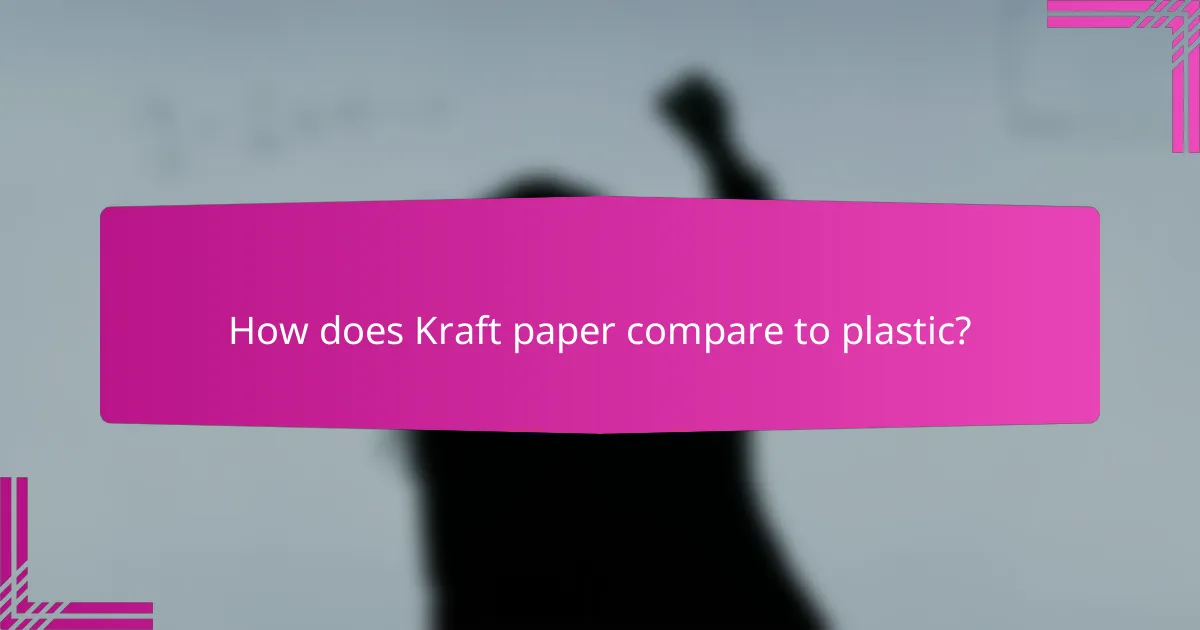
How does Kraft paper compare to plastic?
Kraft paper is a biodegradable alternative to plastic, offering significant environmental benefits. Unlike plastic, which can take hundreds of years to decompose, Kraft paper breaks down naturally, making it a more sustainable choice for packaging and other applications.
Environmental impact analysis
The environmental impact of Kraft paper is generally lower than that of plastic. Kraft paper is made from wood pulp, which is renewable and can be sourced sustainably. In contrast, plastic production relies on fossil fuels, contributing to greenhouse gas emissions and pollution.
When considering waste management, Kraft paper is compostable and can be recycled, while plastic often ends up in landfills or oceans, harming wildlife. This difference highlights the importance of choosing biodegradable materials like Kraft paper for reducing overall environmental harm.
Lifecycle assessment of materials
A lifecycle assessment of Kraft paper versus plastic reveals key differences in resource use and waste generation. Kraft paper typically requires less energy to produce compared to plastic, especially when sourced from sustainably managed forests. This results in a smaller carbon footprint during its lifecycle.
Additionally, Kraft paper’s ability to decompose within months in composting conditions contrasts sharply with plastic, which can persist for decades. Consumers can make informed choices by considering these lifecycle factors, opting for Kraft paper products to support sustainability efforts.
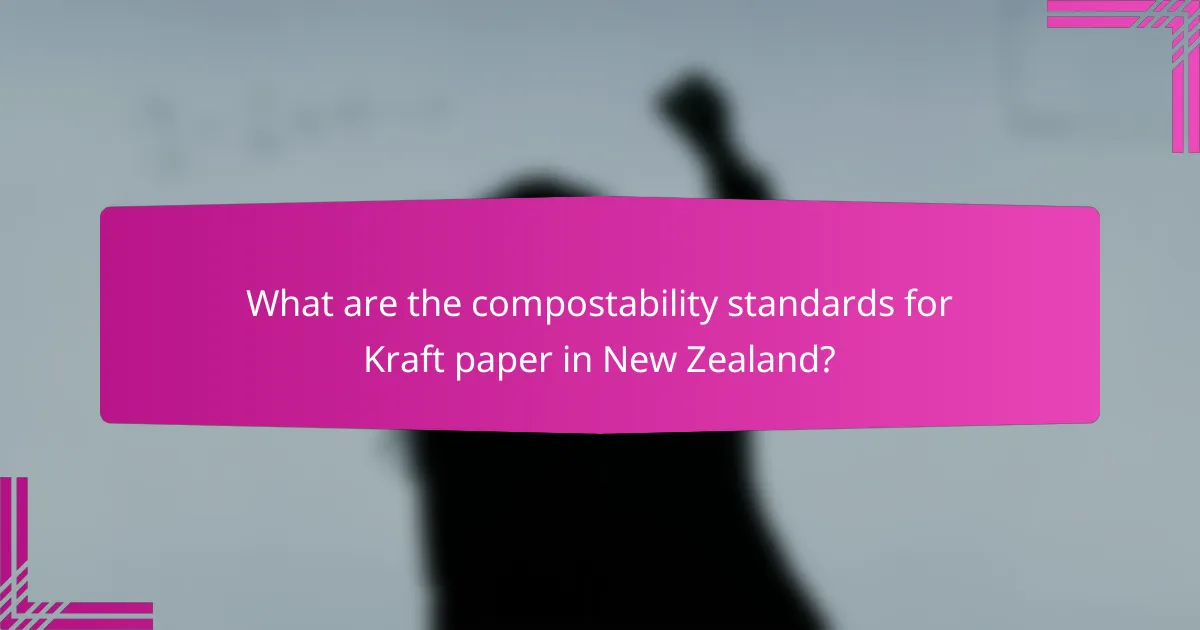
What are the compostability standards for Kraft paper in New Zealand?
Kraft paper in New Zealand must meet specific compostability standards to ensure it breaks down effectively in composting environments. The key standards include compliance with AS 4736-2006 and various biodegradable certification requirements that guarantee its environmental safety and sustainability.
AS 4736-2006 compliance
AS 4736-2006 is the Australian standard for compostable plastics, which also applies to Kraft paper products in New Zealand. This standard outlines the criteria for materials to be considered compostable, including the rate of biodegradation and the absence of harmful residues in the compost.
To comply, Kraft paper must decompose within a specified timeframe, typically within 90 to 180 days in industrial composting facilities. This ensures that the paper integrates into the composting process without disrupting the ecosystem.
Biodegradable certification requirements
For Kraft paper to be certified biodegradable, it must undergo testing by recognized organizations that assess its breakdown in natural environments. Certification often requires demonstrating that the material can decompose into non-toxic components within a reasonable period.
Common certifications include those from organizations like the Biodegradable Products Institute (BPI) or European standards such as EN 13432. These certifications provide assurance to consumers and businesses that the Kraft paper products they use are environmentally friendly and will not contribute to landfill waste.
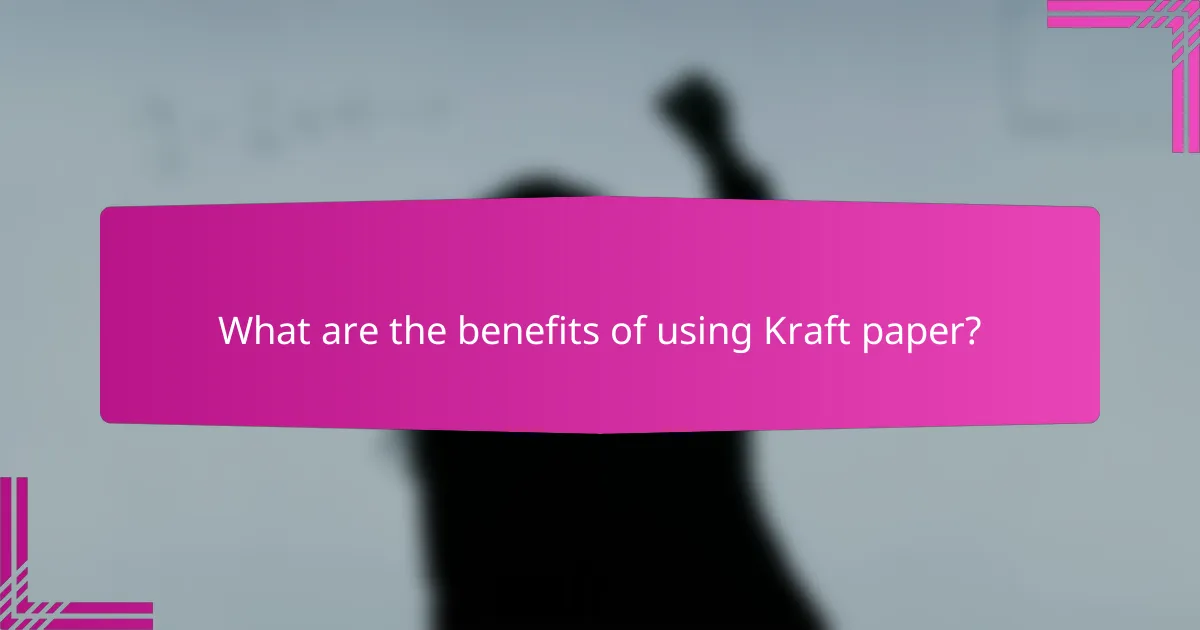
What are the benefits of using Kraft paper?
Kraft paper offers numerous advantages, primarily its biodegradability, sustainable sourcing, and compostability. These features make it an ideal choice for environmentally conscious consumers and businesses looking to reduce their ecological footprint.
Eco-friendly packaging solutions
Kraft paper is a popular option for eco-friendly packaging due to its natural composition and ability to decompose. Unlike plastic, which can take hundreds of years to break down, Kraft paper typically biodegrades within a few months in suitable conditions. This makes it a responsible choice for businesses aiming to minimize waste.
Additionally, Kraft paper can be sourced from sustainably managed forests, ensuring that its production does not contribute to deforestation. Many manufacturers adhere to standards such as the Forest Stewardship Council (FSC) certification, which guarantees responsible sourcing practices.
Cost-effectiveness for businesses
Using Kraft paper can be a cost-effective solution for businesses, particularly in packaging and shipping. Its production costs are generally lower than those of plastic alternatives, making it an attractive option for companies looking to save on materials without compromising quality.
Moreover, Kraft paper is versatile and can be used for various applications, from wrapping products to creating custom boxes. This adaptability can lead to reduced inventory costs, as businesses can rely on a single material for multiple purposes.
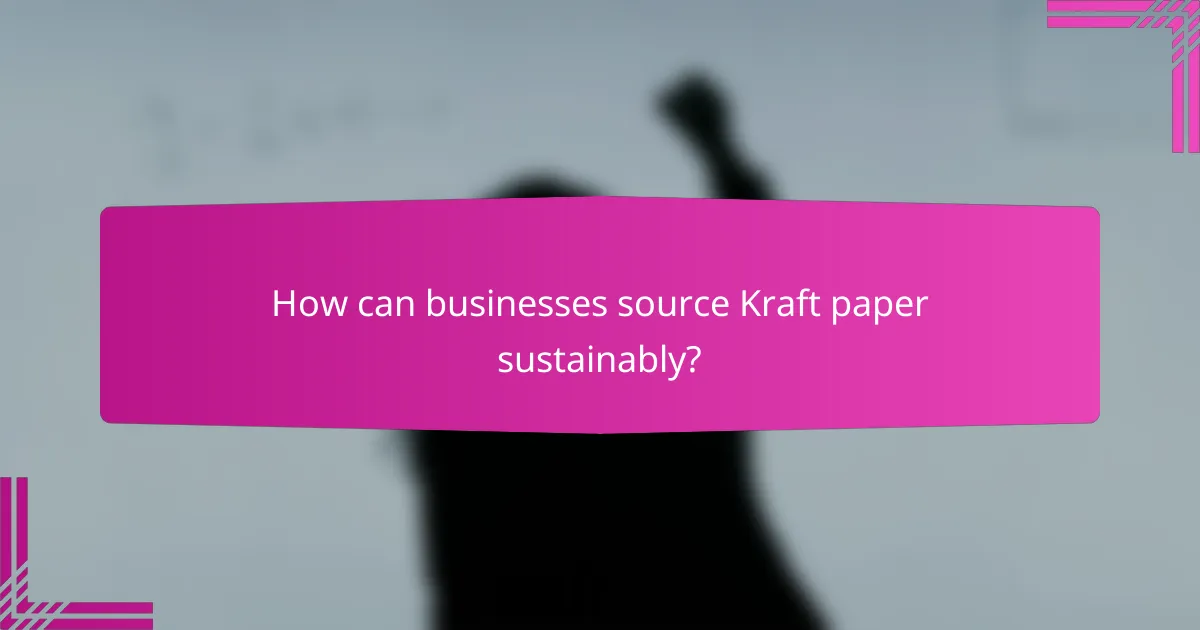
How can businesses source Kraft paper sustainably?
Businesses can source Kraft paper sustainably by selecting suppliers who prioritize environmentally friendly practices and materials. This involves assessing the entire supply chain, from raw material sourcing to production methods, ensuring that the paper is made from responsibly managed forests and is biodegradable.
Supplier evaluation criteria
When evaluating suppliers for sustainable Kraft paper, businesses should consider criteria such as certification from recognized organizations like the Forest Stewardship Council (FSC) or the Sustainable Forestry Initiative (SFI). These certifications indicate that the paper comes from responsibly managed forests.
Additionally, assess the supplier’s production processes. Look for companies that utilize eco-friendly manufacturing methods, minimize waste, and have a commitment to reducing their carbon footprint. A transparent supply chain is crucial; suppliers should be willing to provide information about their sourcing and production practices.
Partnerships with eco-conscious brands
Forming partnerships with eco-conscious brands can enhance a business’s sustainability profile. Collaborating with companies that share a commitment to environmental responsibility can lead to innovative solutions and shared resources, making it easier to source sustainable Kraft paper.
Consider co-branding opportunities or joint marketing campaigns that highlight the use of sustainable materials. This not only promotes the Kraft paper but also strengthens the brand’s image as an environmentally responsible choice, appealing to a growing market of eco-aware consumers.
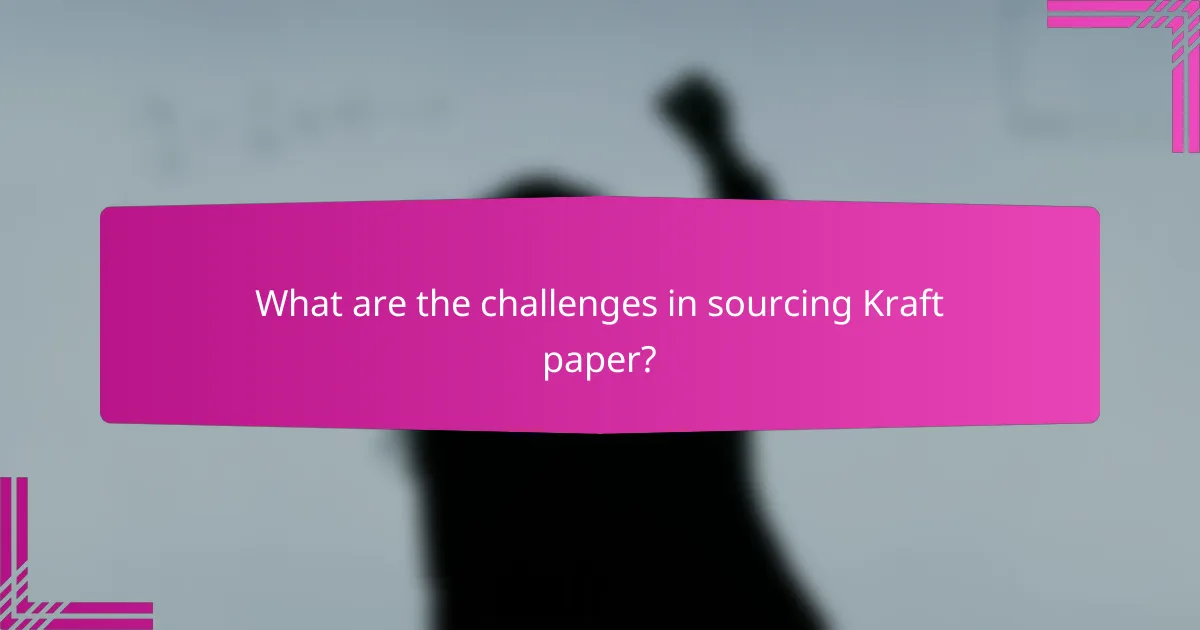
What are the challenges in sourcing Kraft paper?
Sourcing Kraft paper presents challenges primarily related to the availability of certified suppliers, sustainability practices, and fluctuating raw material costs. Companies must navigate these factors to ensure they obtain high-quality, eco-friendly products that meet regulatory standards.
Availability of certified suppliers
Finding certified suppliers for Kraft paper can be difficult due to varying levels of compliance with sustainability standards. Many suppliers may not have the necessary certifications, such as FSC (Forest Stewardship Council) or PEFC (Programme for the Endorsement of Forest Certification), which ensure responsible sourcing.
To address this challenge, businesses should conduct thorough research and engage with suppliers who can provide proof of certification. Establishing relationships with multiple suppliers can also mitigate risks associated with availability and pricing fluctuations.
Sustainability practices
Ensuring sustainable sourcing of Kraft paper involves evaluating suppliers’ environmental practices. This includes assessing their use of renewable resources, energy efficiency, and waste management strategies. Companies should prioritize suppliers who demonstrate a commitment to reducing their carbon footprint.
Additionally, engaging in partnerships with suppliers that invest in sustainable forestry initiatives can enhance a company’s overall sustainability profile. Regular audits and assessments can help maintain compliance with sustainability goals.
Fluctuating raw material costs
The cost of raw materials for Kraft paper production can vary significantly due to market demand, supply chain disruptions, and environmental regulations. These fluctuations can impact pricing and availability, making it essential for companies to stay informed about market trends.
To manage these costs, businesses should consider long-term contracts with suppliers or explore alternative materials that can serve similar purposes. Keeping an eye on global market conditions can also help in making informed sourcing decisions.
